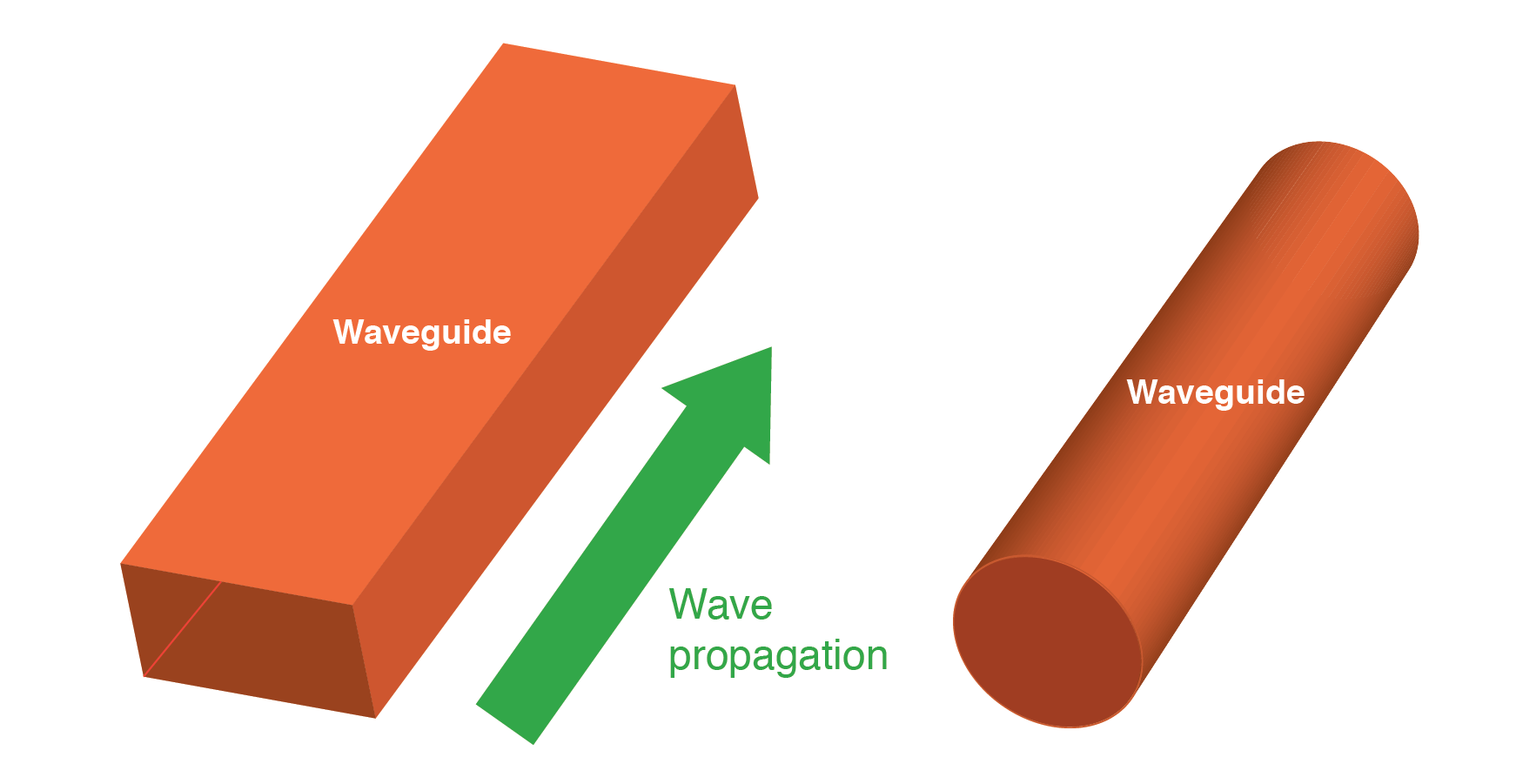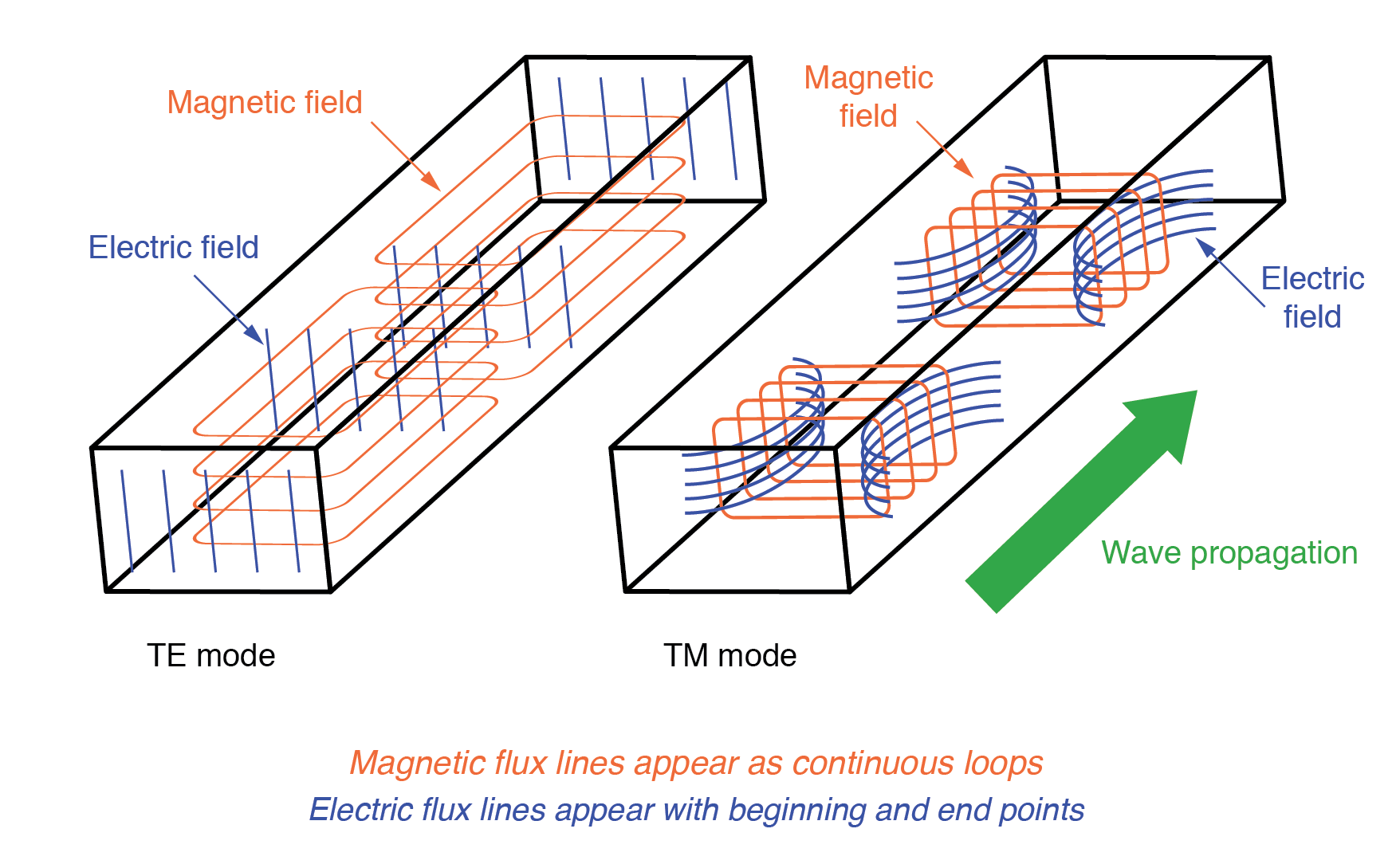Contents

Source: All About Circuits
The World of Optical Waveguides
Introduction to Optical Waveguides
Optical waveguides are essential components in modern photonic systems, designed to guide light efficiently through spatially inhomogeneous structures. By confining light within a specific region, waveguides ensure that light propagates with minimal loss and distortion. Typically, this confinement is achieved by having a core region with a higher refractive index than the surrounding cladding. However, other methods, such as metallic reflections and photonic crystal structures, can also be employed.
Types of Waveguides
Planar and Channel Waveguides
Waveguides are often categorized based on their dimensionality of guidance. Planar waveguides restrict light propagation to a single dimension, while channel waveguides provide two-dimensional guidance. The most common example of a two-dimensional waveguide is the optical fiber, which is integral to telecommunications. One-dimensional waveguides, or planar waveguides, are typically used in integrated optics.
Optical Fibers
Optical fibers are perhaps the most well-known type of waveguide. They are fabricated by drawing from a preform, a large glass rod with a specific refractive index profile. This process allows for the creation of fibers with diameters ranging from micrometers to nanometers, enabling their use in a wide range of applications, from telecommunications to medical imaging.
Fabrication Techniques
The fabrication of waveguides can be accomplished through various techniques, each suited to different materials and applications:
- Planar Waveguides: These can be made using epitaxy or polishing on crystal and glass substrates. They can be positioned on top of devices or sandwiched between layers for improved performance.
- Channel Waveguides: Fabrication involves lithography combined with methods like epitaxy, ion exchange, or thermal indiffusion. Buried waveguides, created by adding an additional layer, can reduce propagation losses.
- Laser Writing: Waveguides can be inscribed in transparent media using focused laser beams, which alter the refractive index of the material to create guiding paths.
Material Platforms
Several material platforms have been developed for waveguide fabrication, each offering unique properties:
- Silica-based Waveguides: Widely used in telecommunications, these can be doped to adjust refractive indices and are often fabricated on silicon wafers.
- Silicon Waveguides: Central to silicon photonics, these provide high refractive index contrast and are suitable for near-infrared applications.
- III-V Semiconductors: Materials like GaAs and InP are used for waveguides with active elements, covering wavelengths from visible to mid-infrared.
- Polymer Waveguides: Offering flexibility and low-cost fabrication, polymers can be doped for enhanced functionality.
- Lithium Niobate: Known for strong electro-optic properties, this material is used in modulators and other active devices.
- Chalcogenide Glasses: With high nonlinear coefficients, these are suitable for infrared photonics.
Waveguide Modes
Waveguide modes are specific field distributions that remain unchanged during propagation, apart from a phase change. These modes are crucial for understanding light behavior in waveguides, especially when interference effects are significant. In multimode fibers, multiple modes can be excited, resulting in complex light distributions.
Applications of Waveguides
Waveguides find applications in numerous fields, including telecommunications, medical imaging, and photonic integrated circuits. Their ability to guide light with precision makes them indispensable in modern technology.
Conclusion
Optical waveguides are a cornerstone of modern photonics, enabling efficient light propagation and manipulation across various applications. With ongoing advancements in materials and fabrication techniques, the potential of waveguides continues to expand, promising even more innovative uses in the future.

Source: All About Circuits
Feel free to comment your thoughts.



